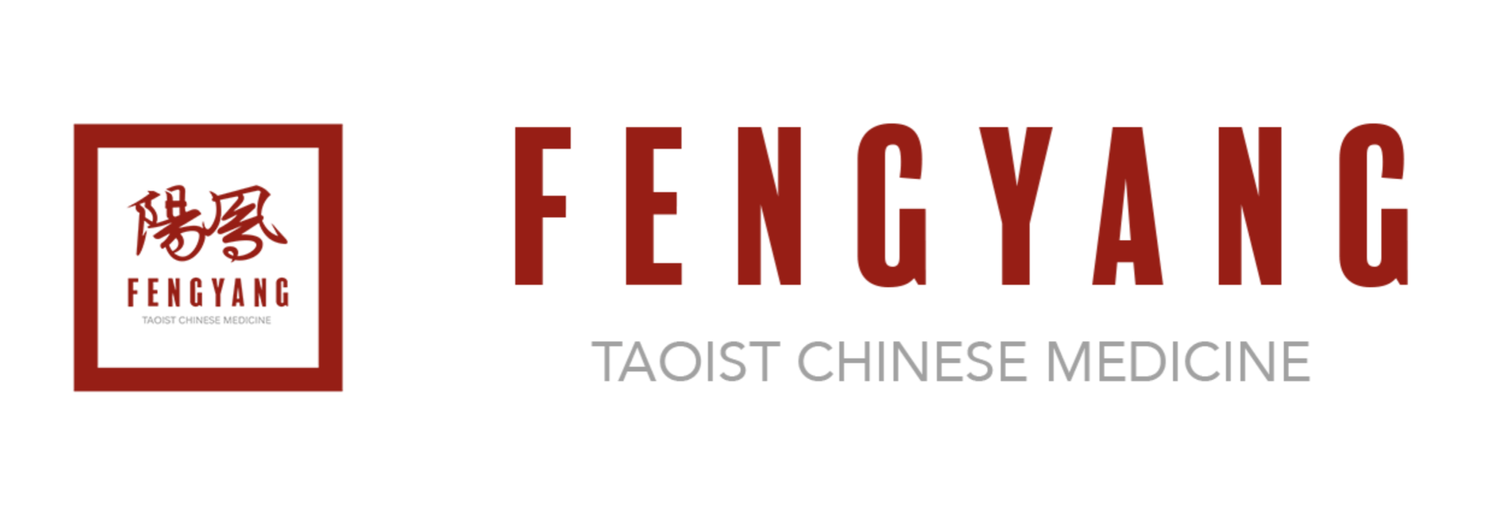Massage: An Attractive Short-Term Treatment for Knee Osteoarthritis
What is Knee Osteoarthritis?
Osteoarthritis is a degenerative disease affecting the joints. In 2015, an estimated 30.8 million American adults have osteoarthritis, and it is the most common cause of disability in adults.
Osteoarthritis is the most common form of arthritis in the knee. Osteoarthritis is known as a “wear and tear” disease. The symptoms people experience are caused by a loss of or breaking down of cartilage in the knee, which leads to a narrowing of the space in the joint. This loss of joint space progresses as time goes on, leading to bone spurs and decreased movement.
There are 14 million individuals in the U.S. who have symptomatic knee osteoarthritis. Knee osteoarthritis affects at least 19% of American adults aged 45 years and older, and it has doubled in prevalence since the mid-20th century.
Symptoms of knee osteoarthritis may include:
pain that increases when you are active, but gets a little better with rest
swelling
feeling of warmth in the joint
stiffness in the knee, especially in the morning or when you have been sitting for a while
decrease in mobility of the knee, making it difficult to get in and out of chairs or cars, use the stairs, or walk
creaking, crackly sound that is heard when the knee moves
Massage to Treat Knee Osteoarthritis
A study recently published in Journal of General Internal Medicine, “Efficacy and Safety of Massage for Osteoarthritis of the Knee: a Randomized Clinical Trial”, has found that “efficacy of symptom relief and safety of weekly massage make it an attractive short-term treatment option for knee osteoarthritis.”
These researchers from Duke University, Rutgers University, Yale University, Northern Arizona University, and other research institutes, have studied over 175 patients. Some were given whole-body massage treatment weekly for 8 weeks, and others were assigned to the control groups of light-touch and usual care. Subjects in massage or light-touch groups were then randomized to biweekly intervention or usual care to week 52. The original usual care group continued to week 24. Analysis was performed on an intention-to-treat basis.
At 8 weeks, massage significantly improved WOMAC (Western Ontario and McMaster Universities Arthritis Index) Global scores compared to light-touch and usual care. Additionally, massage improved pain, stiffness, and physical function WOMAC subscale scores compared to light-touch and usual care. At 52 weeks, the omnibus test of any group difference in the change in WOMAC Global from baseline to 52 weeks was not significant, indicating no significant difference in change across groups. Adverse events were minimal.
References:
http://physicaltherapyweb.com/news/knee-osteoarthritis-to-increase-in-younger-age-groups/
https://www.pthealth.ca/blog/knee-osteoarthritis-my-knees-hurt-do-i-have-oa/#
https://orthoinfo.aaos.org/en/diseases--conditions/arthritis-of-the-knee/
https://www.ncbi.nlm.nih.gov/pmc/articles/PMC5584421/
https://www.arthritis.org/Documents/Sections/About-Arthritis/arthritis-facts-stats-figures.pdf
https://www.webmd.com/osteoarthritis/ostearthritis-of-the-knee-degenerative-arthritis-of-the-knee#1



